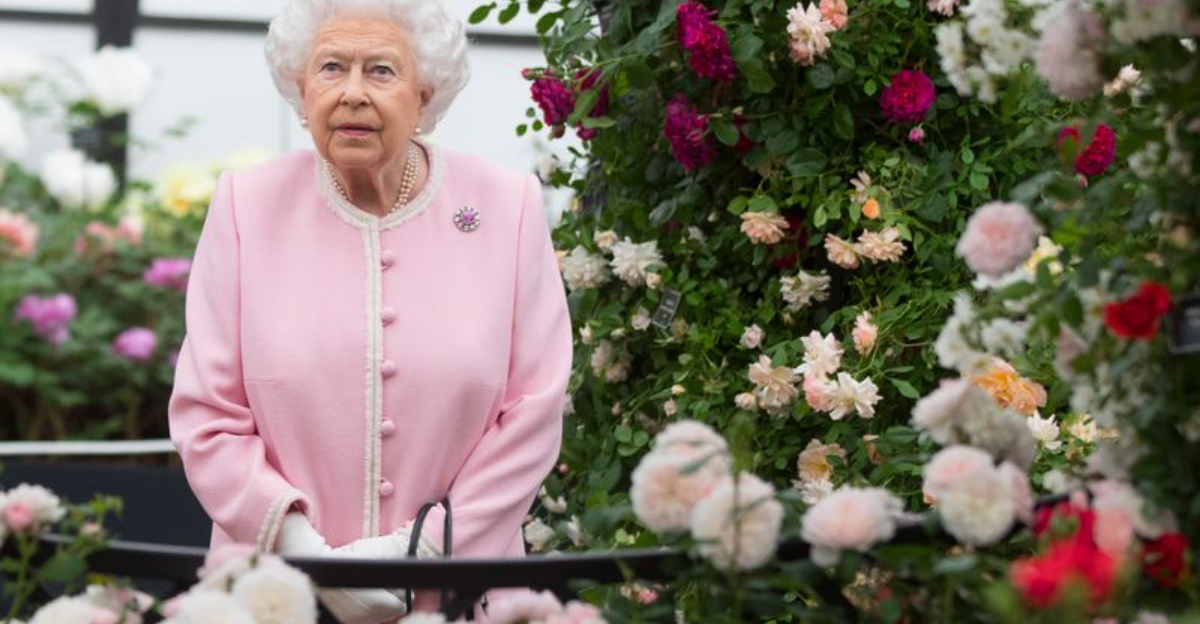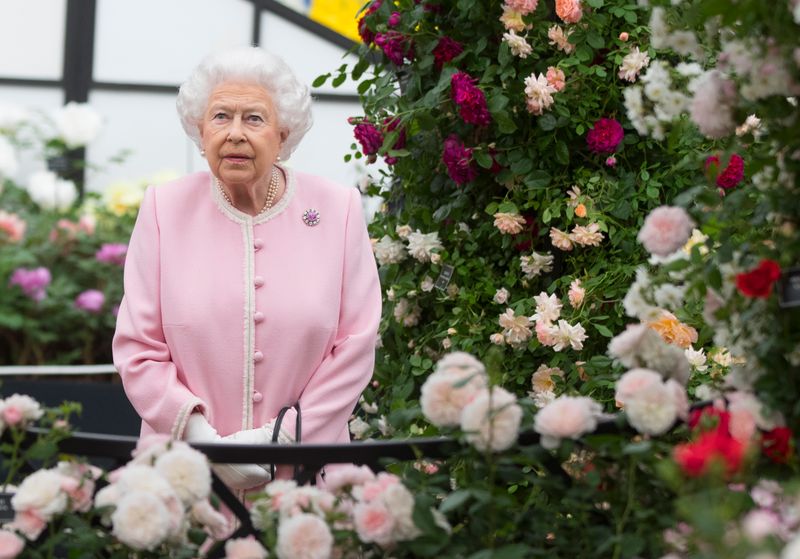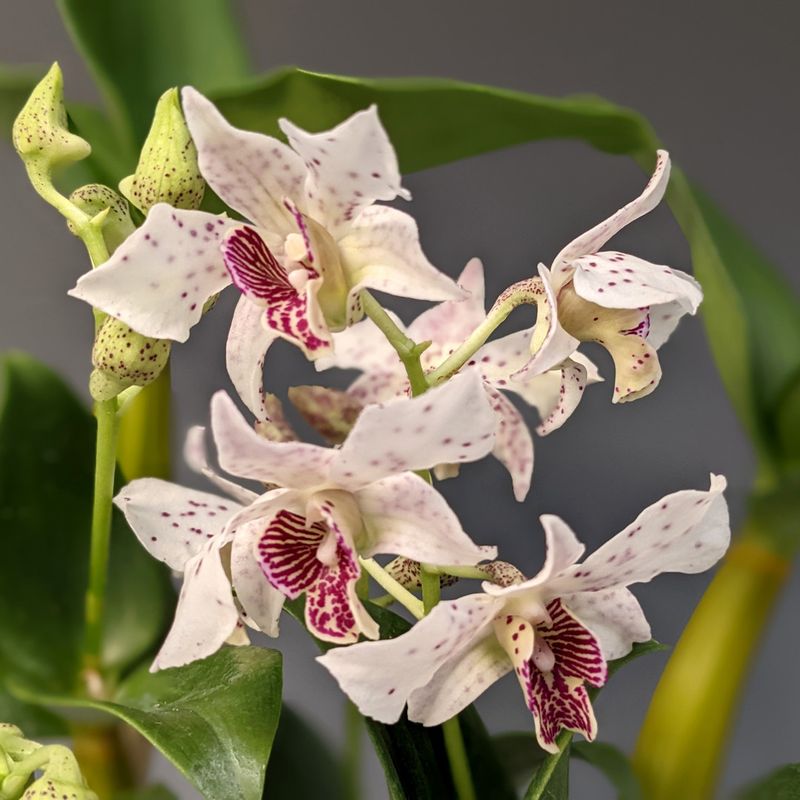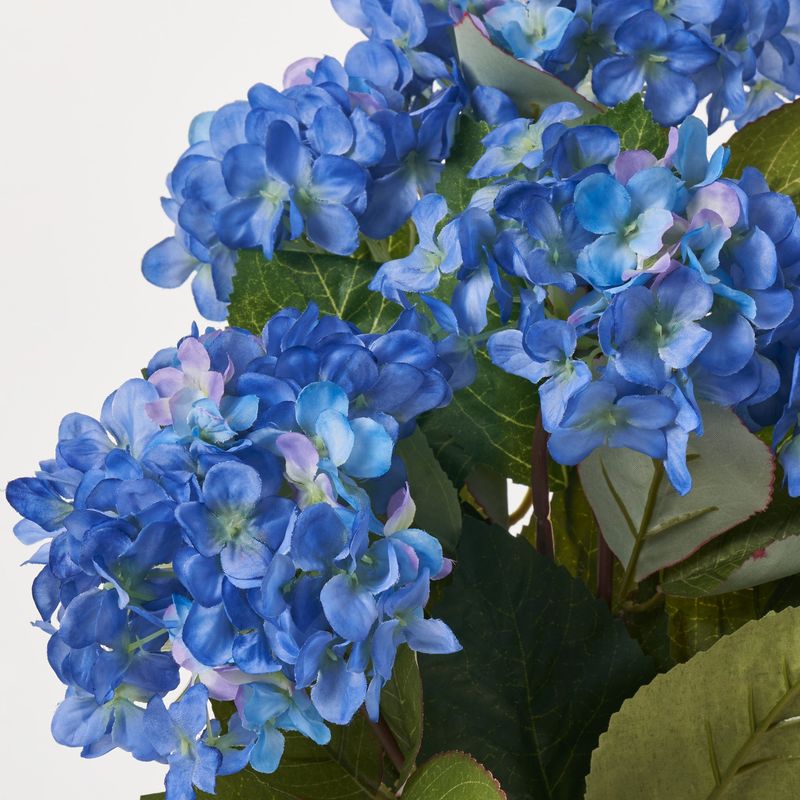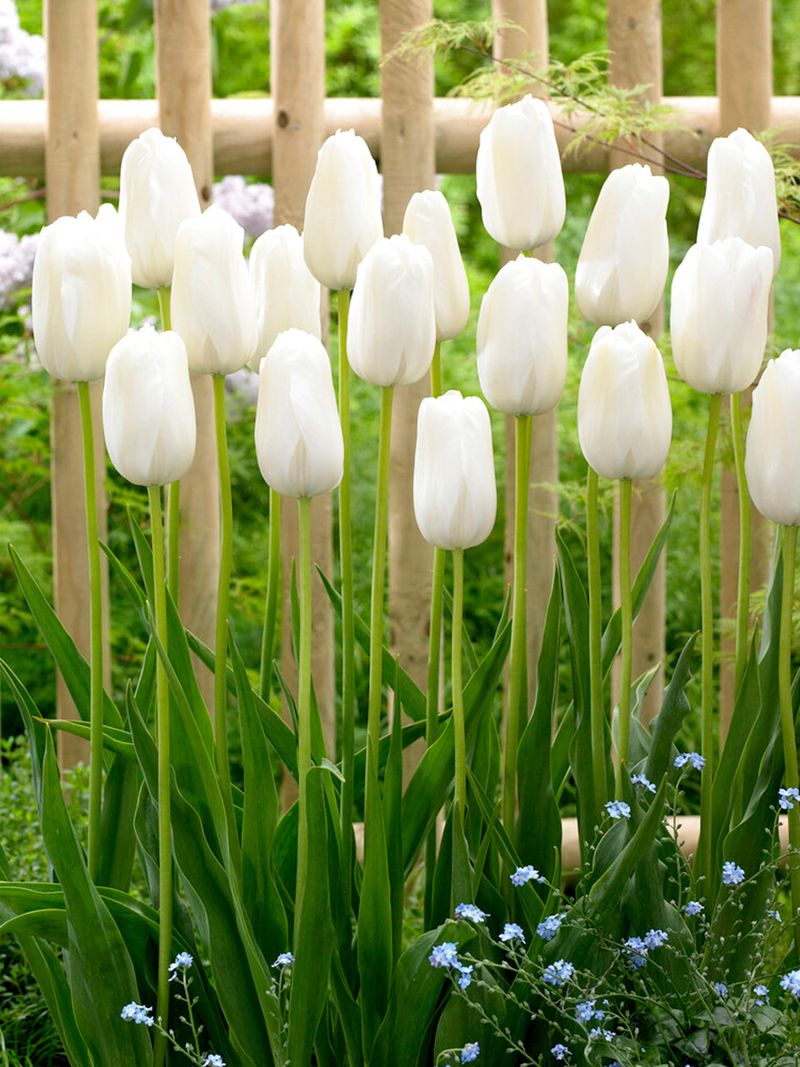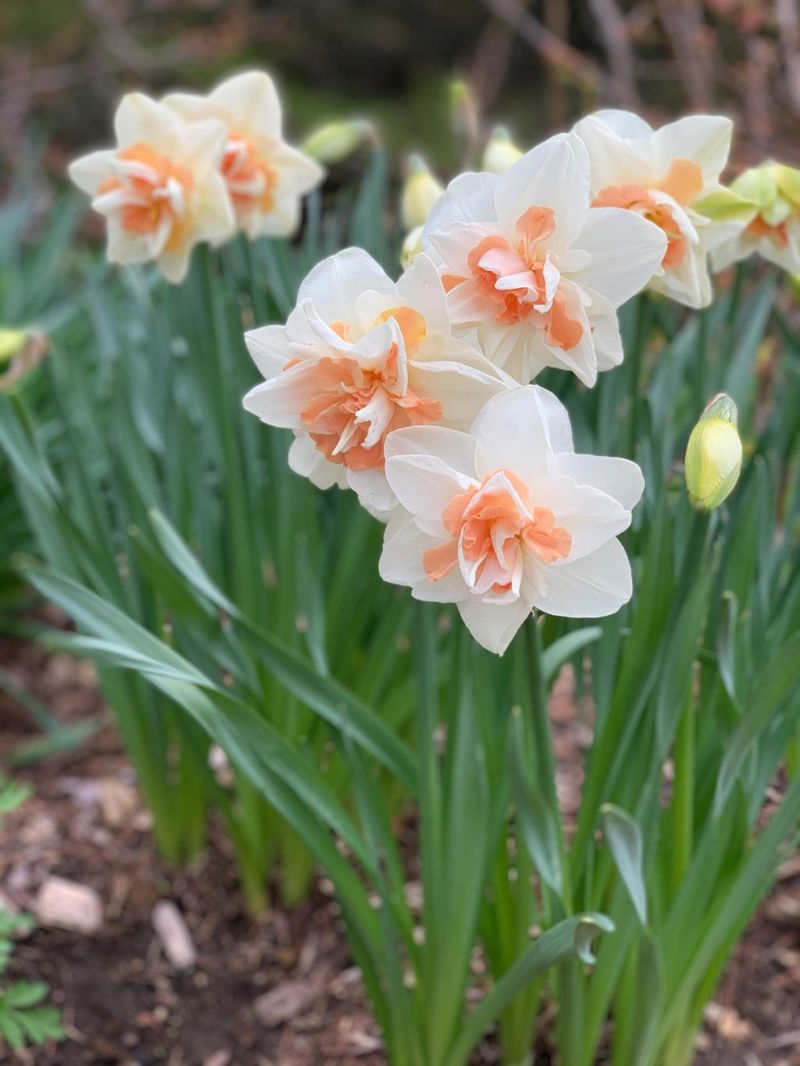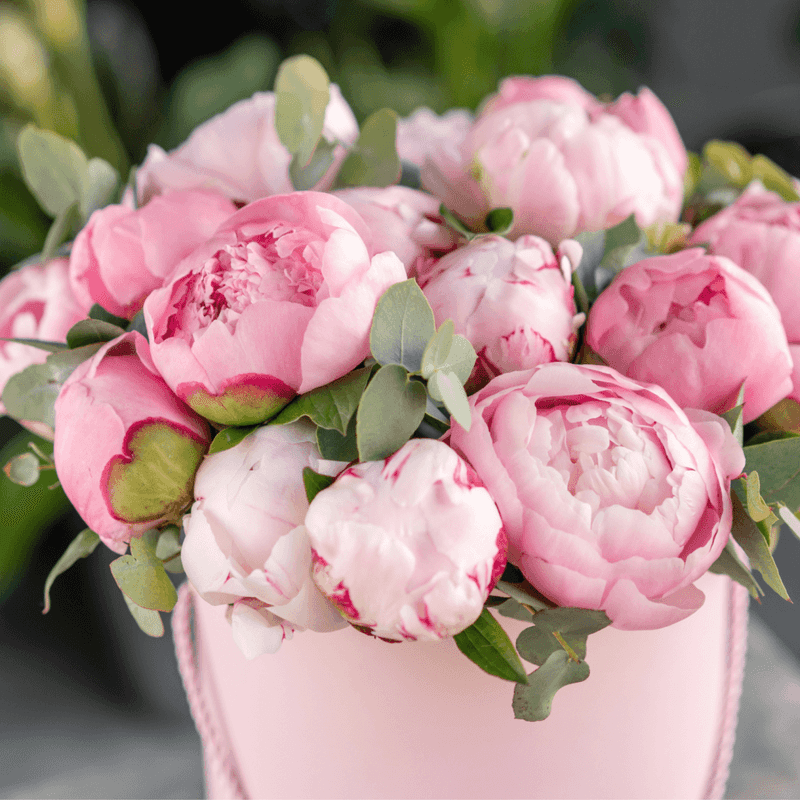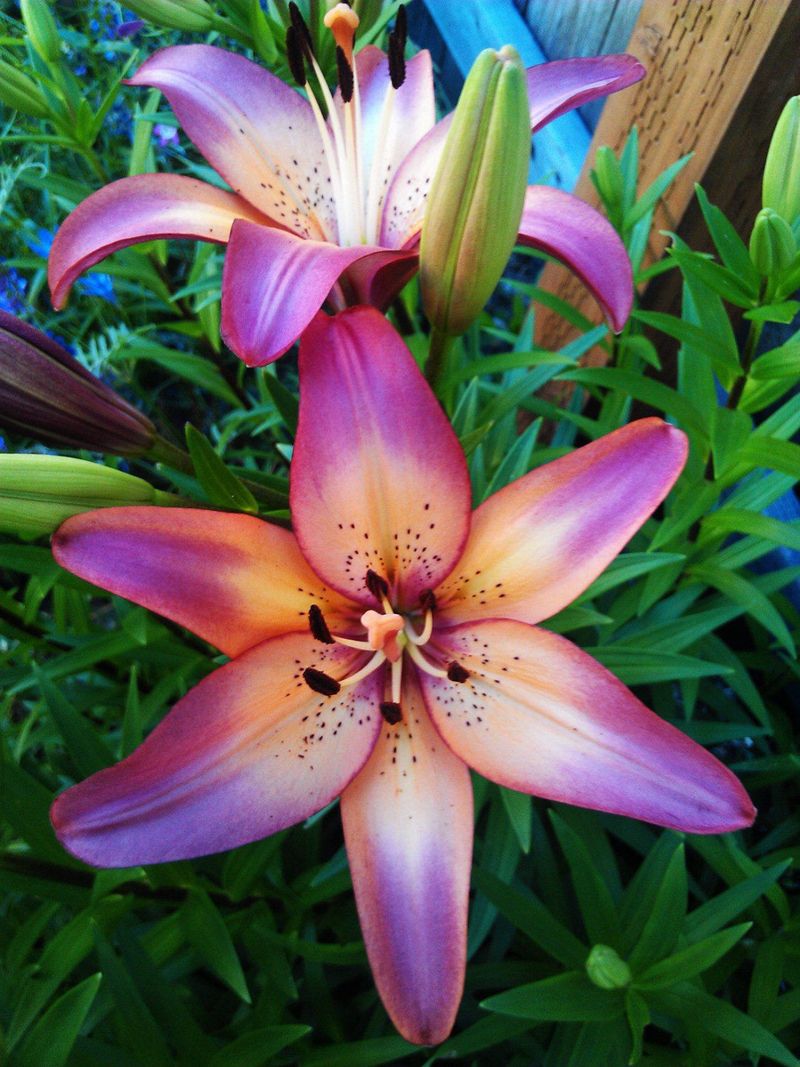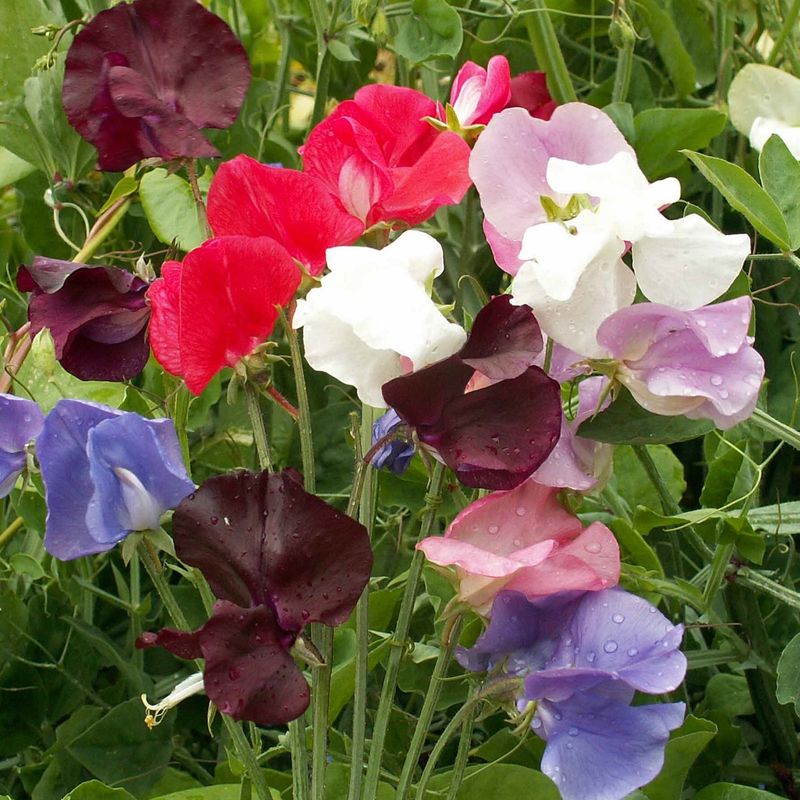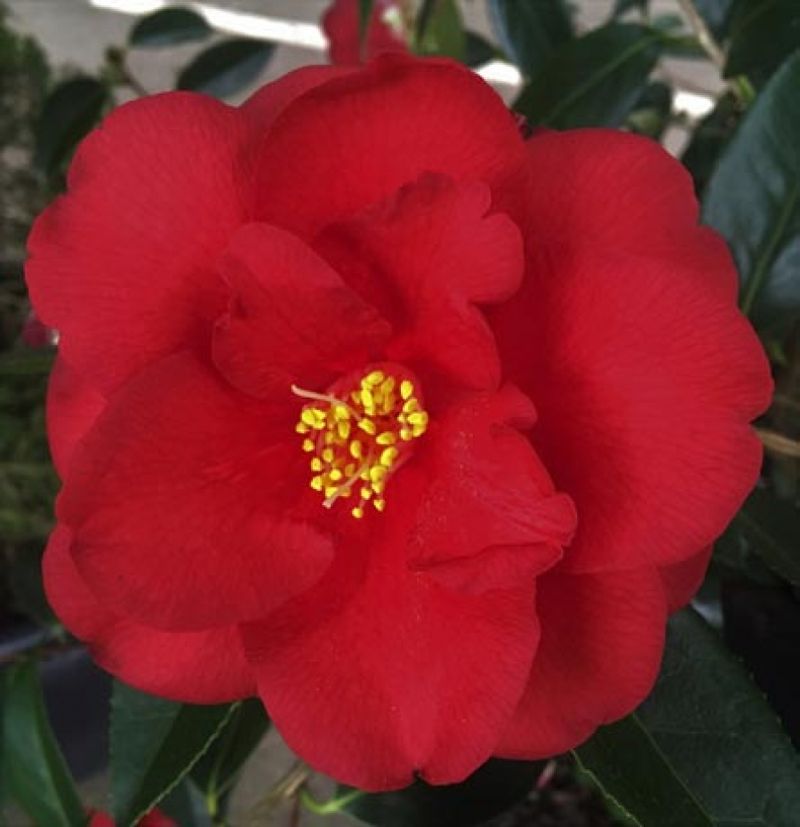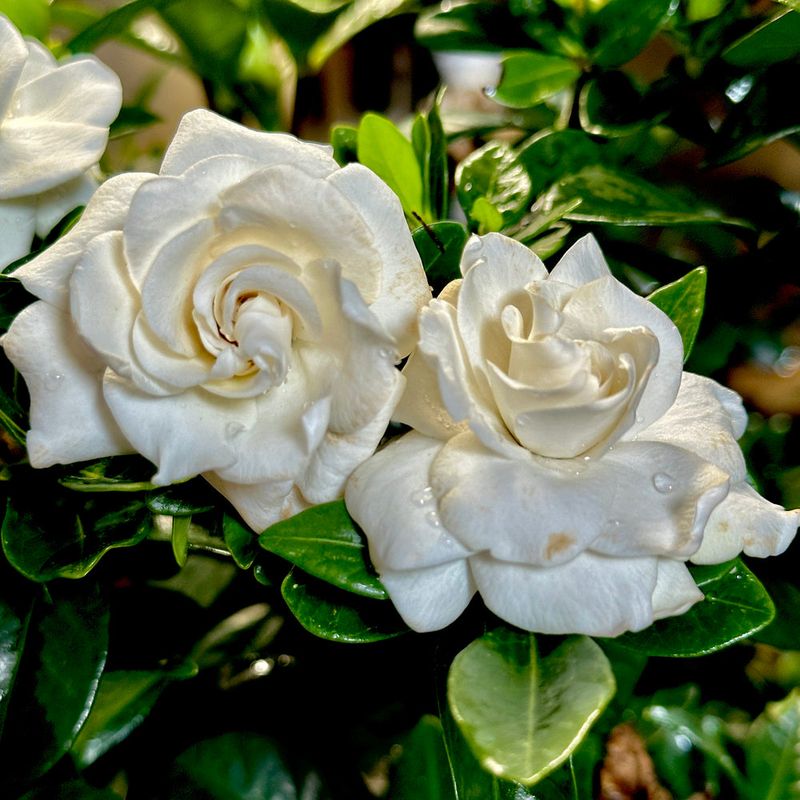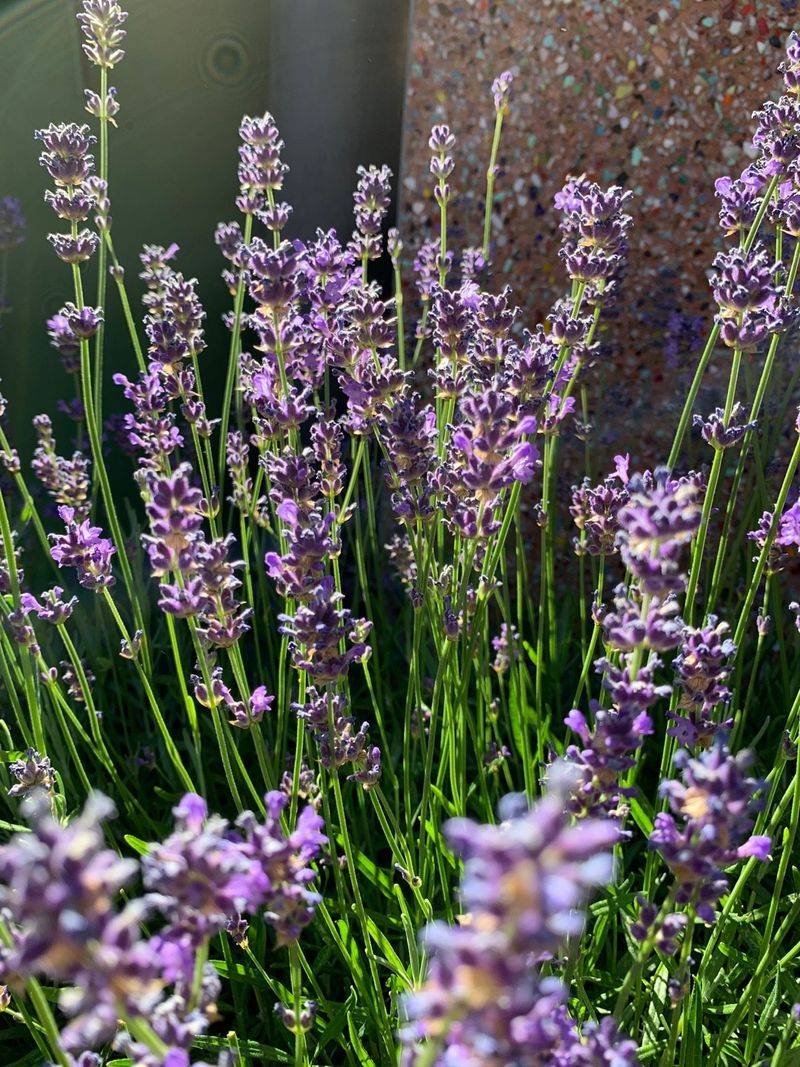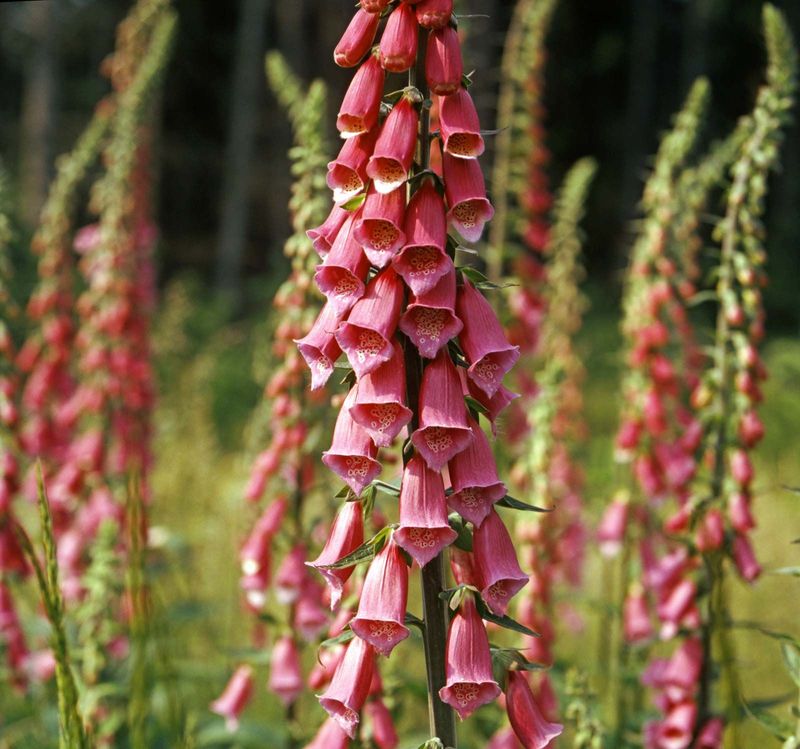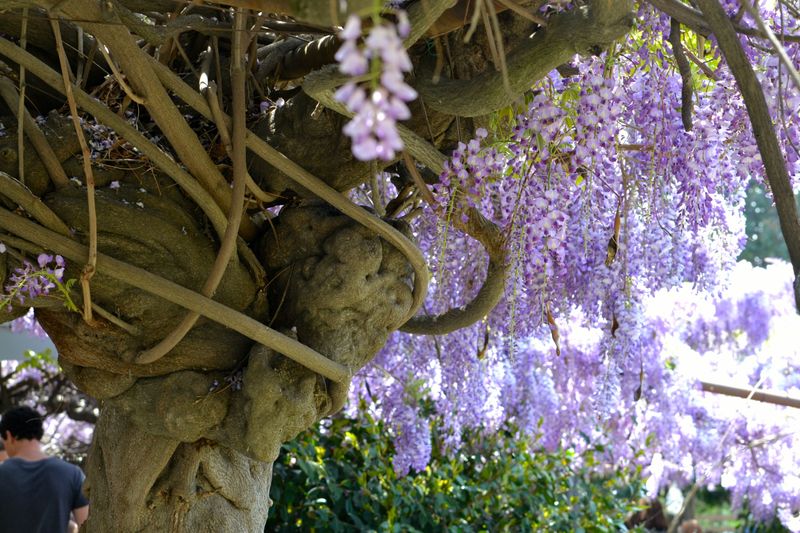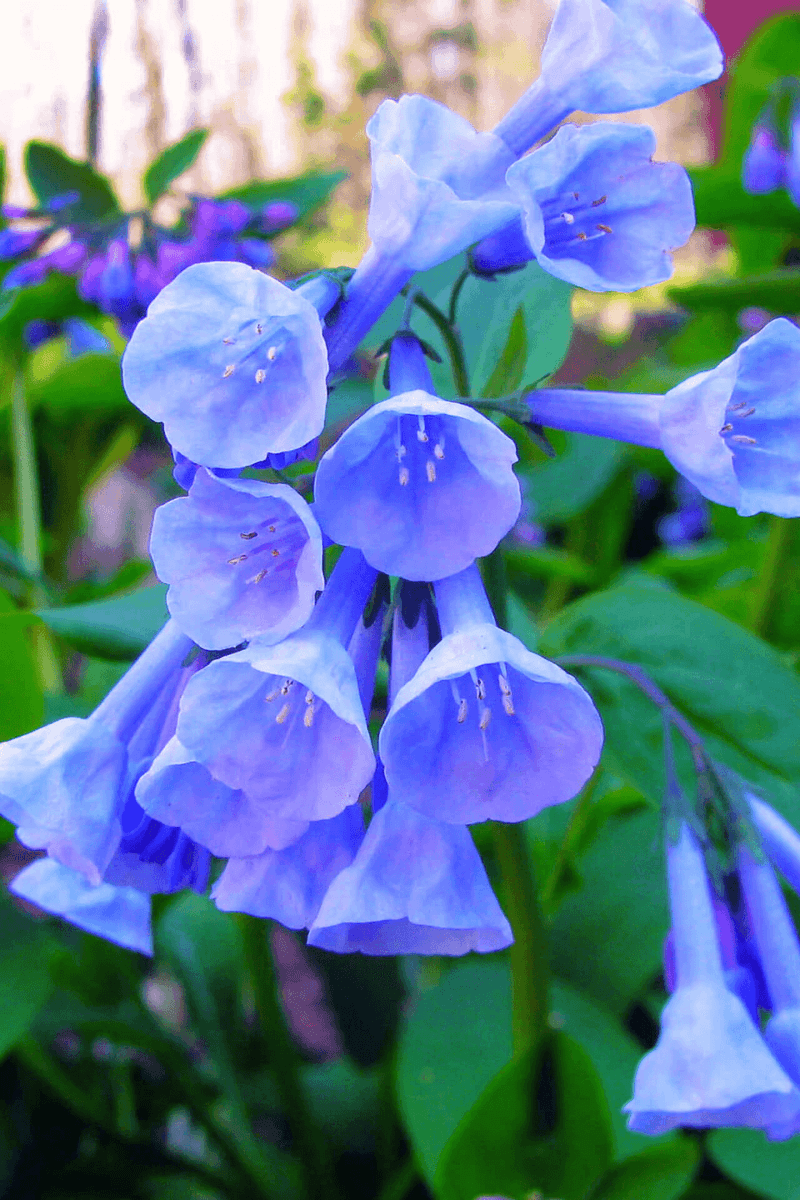In the world of floriculture, certain flowers stand out as paragons of beauty and elegance, earning their place as the crowning jewels of any garden. These blooms, revered for their stunning spectacle and captivating allure, evoke a sense of royal grandeur.
This blog post explores fourteen such floral marvels, each distinct in its charm and significance. From the timeless elegance of roses to the whimsical allure of bluebells, these flowers have enamored admirers throughout history, holding a special place in both cultural traditions and personal gardens.
Embark on a journey through the regal realm of floral royalty, discovering the stories and secrets behind nature’s most exquisite blooms.
1. Roses
Roses have long been celebrated for their unmatched beauty and symbolic depth. Their velvety petals come in a spectrum of colors, each carrying its own unique meaning.
From the passionate red rose to the innocent white, these flowers convey messages of love, purity, and admiration. Beyond their visual appeal, roses are also cherished for their captivating fragrance that lingers in the air, making them a favorite in gardens and bouquets.
As symbols of romance, they’ve been immortalized in poetry and art, capturing the hearts of many. Cultivating roses requires patience, but their rewards are truly sublime.
2. Orchids
Orchids stand as one of nature’s most diverse and elegant creations, boasting a variety of shapes, colors, and sizes. Their exotic appearance and intricate patterns make them highly coveted by gardeners and flower enthusiasts.
Orchids thrive in a range of climates, from tropical rainforests to temperate zones, showcasing their adaptability. While some orchids exude subtle fragrances, others are known for their striking scents, adding to their allure.
Caring for orchids involves understanding their specific needs, such as controlled humidity and indirect light, which ensures their prolonged beauty. These flowers symbolize luxury, beauty, and strength.
3. Hydrangeas
Hydrangeas are known for their impressive blooms that can be found in shades of blue, pink, white, and purple. These flowers are unique in their ability to change color based on soil pH, offering a dynamic visual experience.
Hydrangeas are often associated with heartfelt emotions and gratitude, making them a popular choice for gifts and decorations. Their voluminous clusters create a dramatic display in any landscape, drawing attention with their size and beauty.
While hydrangeas are easy to grow, they require ample water and partial shade to maintain their lush appearance. They embody grace and abundance.
4. Tulips
Tulips are iconic symbols of spring, heralding the season with their vibrant colors and elegant forms. These flowers come in a vast array of hues, from vivid reds and yellows to soft pastels, offering endless possibilities for garden designs.
Tulips have a rich history, particularly in the Netherlands, where they became a cultural emblem and the centerpiece of Tulip Mania. Their simplistic beauty and symmetrical petals make them a timeless favorite in floral arrangements.
Planting tulips requires a bit of planning, as they need to be set in the ground before winter. They symbolize renewal and prosperity.
5. Daffodils
Daffodils are cheerful harbingers of spring, known for their bright yellow petals and trumpet-shaped blooms. Often associated with new beginnings and rebirth, these flowers bring a sense of joy and optimism.
Daffodils are among the first to bloom after winter, signaling the end of cold days with their sunny disposition. These resilient blooms thrive in various conditions and require minimal maintenance, making them ideal for both novice and experienced gardeners.
Their vibrant presence in gardens and parks is a testament to their enduring appeal. Daffodils symbolize hope, renewal, and the joy of life.
6. Peonies
Peonies exude an air of romance and elegance with their lush, full blooms and fragrant presence. These flowers are celebrated for their intricate layers of petals that unfurl to reveal breathtaking beauty.
Peonies come in various colors, including soft pinks, deep reds, and creamy whites. Known for their long lifespan, peonies can thrive for decades with proper care, making them cherished heirloom plants in many gardens.
Their blooming season is relatively short, but their impact is nothing short of spectacular. Peonies symbolize prosperity, good fortune, and a happy marriage, often featured in weddings and celebrations.
7. Lilies
Lilies are majestic flowers known for their striking beauty and diverse variety. With their large, trumpet-shaped blooms, lilies capture attention and admiration. These flowers come in an array of colors, each carrying symbolic meanings of purity, passion, and renewal.
Lilies are commonly used in religious and cultural ceremonies, where their elegance is celebrated. Their intoxicating fragrance adds to their allure, making them popular in bouquets and gardens.
While lilies are relatively easy to grow, they require well-drained soil and ample sunlight to flourish. Lilies symbolize hope, faith, and the beauty of life.
8. Sweet Peas
Sweet peas are cherished for their delightful fragrance and charming appearance. These climbing flowers boast an array of pastel colors, bringing a touch of whimsy to any garden.
Sweet peas are often grown along trellises or fences, where they create a cascading effect with their delicate blossoms. Their sweet scent is a highlight, making them popular in perfumes and as cut flowers for arrangements.
Grown from seed, sweet peas require support and well-drained soil to thrive. They bloom abundantly during spring and early summer. Sweet peas symbolize blissful pleasure and delicate beauty, captivating all who encounter them.
9. Camellias
Camellias are beloved for their lush, glossy foliage and stunning blooms that appear in late winter to early spring. These flowers, often compared to roses, come in shades of red, pink, and white, adding vibrant color to gardens when few other plants are in bloom.
Camellias are evergreen shrubs, providing year-round interest with their attractive leaves and flowers. They thrive in acidic, well-drained soil and prefer partial shade. Known for their longevity, camellias can live for decades, becoming treasured features in landscapes.
These flowers symbolize admiration, love, and longevity, gracing gardens with their timeless beauty.
10. Gardenias
Gardenias are renowned for their exquisite fragrance and pristine white blooms. Often associated with romance and elegance, these flowers are a favorite in wedding bouquets and floral arrangements.
Gardenias thrive in warm climates and require rich, well-drained soil and adequate humidity to flourish. Their glossy, dark green leaves provide a beautiful contrast to the creamy blooms, enhancing their visual appeal.
While gardenias demand careful attention, their captivating scent and beauty make the effort worthwhile. They symbolize purity, love, and refinement, and their presence in a garden evokes a sense of luxury and serenity.
11. Lavender
Lavender is celebrated for its calming fragrance and versatile uses, ranging from culinary delights to essential oils. These aromatic blooms, with their characteristic purple spikes, are a staple in many gardens.
Lavender thrives in sunny locations with well-drained soil, making it a low-maintenance addition to landscapes. Beyond its beauty, lavender offers numerous benefits, such as promoting relaxation and aiding sleep.
It’s often used in aromatherapy and herbal medicine. Harvesting lavender is a rewarding experience, as its scent lingers in the air. This flower symbolizes tranquility, grace, and devotion, soothing the senses with its gentle presence.
12. Foxgloves
Foxgloves are enchanting flowers known for their tall, tubular blooms that attract hummingbirds and bees. These biennials add architectural interest to gardens, with their striking spires of bell-shaped blossoms.
Foxgloves are often found in shades of pink, purple, and white, adding a whimsical touch to landscapes. While beautiful, caution is advised, as all parts of the plant are toxic if ingested.
Foxgloves prefer partial shade and well-drained soil, thriving in cottage gardens and naturalized settings. They symbolize creativity and energy, captivating gardeners with their unique form and vibrant colors.
13. Wisteria
Wisteria is a captivating climber known for its stunning cascades of purple or white blooms. These flowers create a breathtaking display, draping elegantly from pergolas, arches, and walls.
Wisteria is a hardy plant that requires support and regular pruning to maintain its shape and encourage flowering. With proper care, wisteria can become a dramatic focal point in any garden.
The vine’s sweet scent and beautiful blossoms make it a favorite for gardeners seeking a touch of romance and elegance. Wisteria symbolizes devotion, beauty, and creativity, enchanting all who behold its graceful arcs.
14. Bluebells
Bluebells are enchanting flowers that transform woodlands into carpets of blue in spring. These perennials are known for their delicate, nodding blooms that sway gently in the breeze.
Bluebells prefer shaded areas with moist, well-drained soil, often thriving in forested environments. Their presence is a sure sign of spring, with their subtle fragrance adding to the charm of their display.
While beautiful, bluebells are fragile and should be admired without being picked to preserve their natural habitats. They symbolize humility and everlasting love, creating an ethereal atmosphere wherever they bloom.
